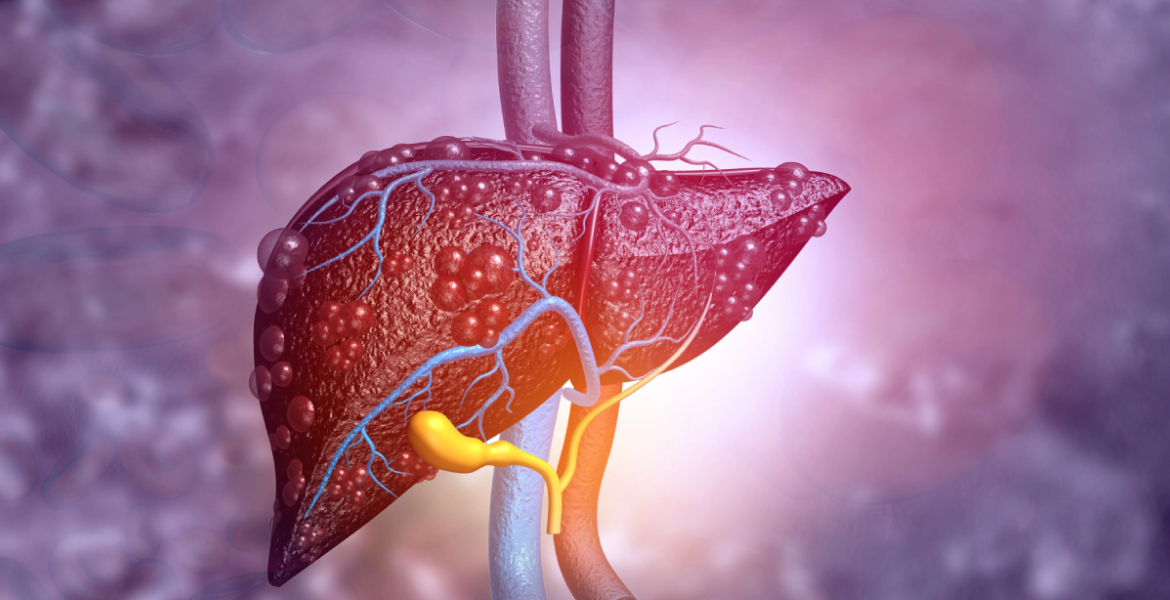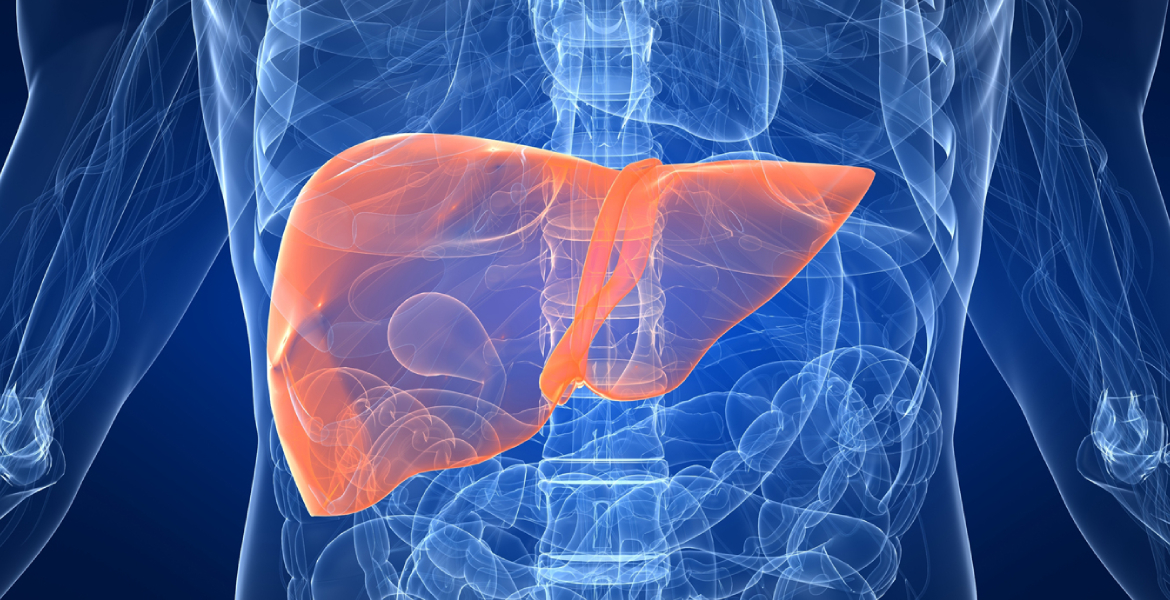

Dr. Shakti P Choudhury Is A Renowned And Highly Experienced Gastroenterologist In Odisha.
House Nos Mig 34, Near Fire Station Square, Baramunda, Bhubaneswar, 751003, In
+91-7835056101


Liver diseases encompass a wide range of conditions that affect the liver, a vital organ responsible for numerous metabolic, detoxification, and regulatory functions in the body. Liver diseases can range from mild, reversible conditions to severe, life-threatening disorders.
Treatment for liver diseases depends on the specific condition and its severity. It may include lifestyle modifications (e.g., dietary changes, alcohol cessation), medications to manage symptoms and slow disease progression, antiviral therapy for viral hepatitis, immunosuppressive drugs for autoimmune liver diseases, liver transplantation for end-stage liver failure or cancer, and supportive care to address complications. Early diagnosis, regular monitoring, and appropriate management are essential for optimizing outcomes and preserving liver function. Individuals with risk factors for liver disease or symptoms suggestive of liver dysfunction should seek medical evaluation for timely diagnosis and intervention.